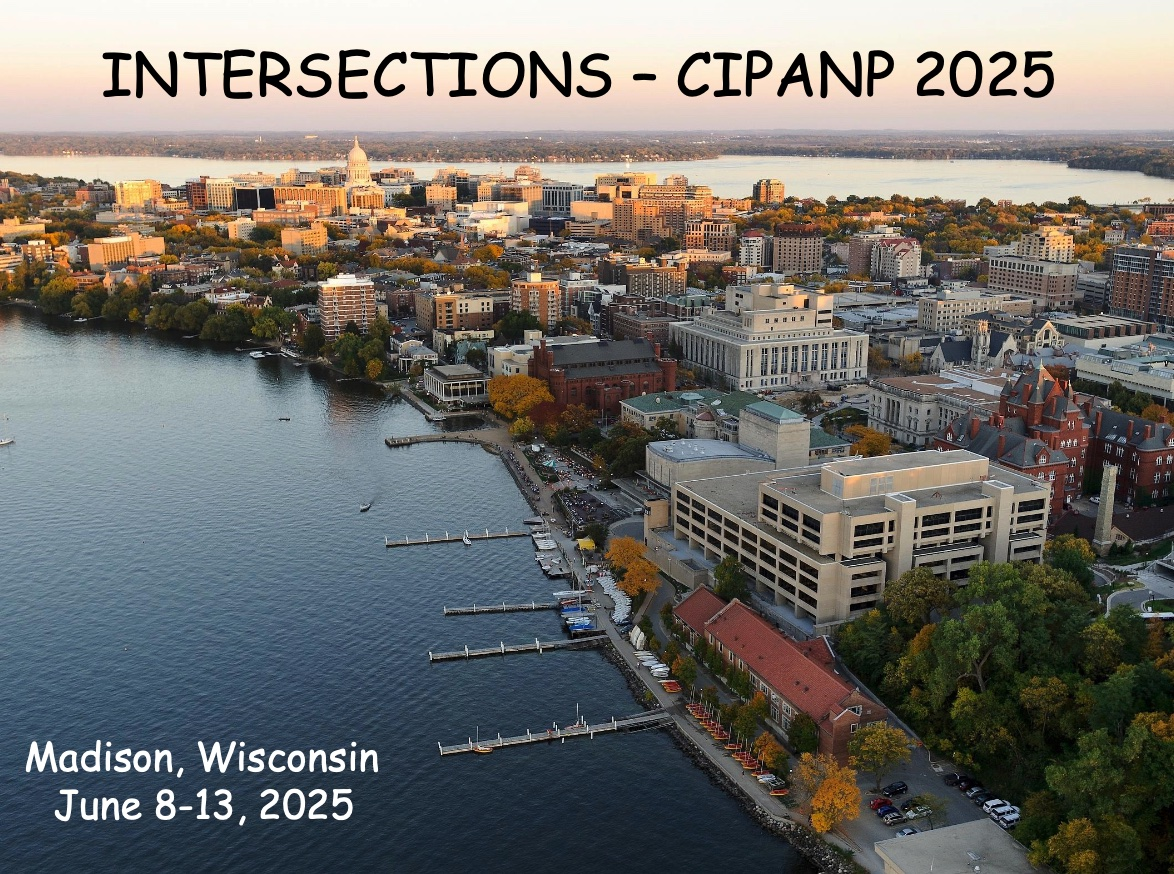Speaker
Description
The Coherent Neutrino-Nucleus Interaction Experiment (CONNIE) uses silicon charge-coupled devices (CCDs) to search for the coherent elastic scattering of reactor antineutrinos off nuclei, and to explore new physics. CONNIE is located 30 meters from the core of the 3.8 GW Angra-2 nuclear reactor in Rio de Janeiro, Brazil. Between 2016 and 2020, CONNIE operated with a ~40-gram CCD detector, setting limits on CEνNS and competitive constraints on non-standard neutrino interactions with light mediators. In 2021, the experiment was upgraded with skipper-CCDs, a next-generation CCD technology capable of detecting individual electrons via non-destructive pixel readout. This upgrade enabled CONNIE to achieve an unprecedented energy threshold of 15 eV. Results from the 2021-2022 run, conducted with a 0.5-gram skipper-CCD detector, established new limits on CEνNS and non-standard neutrino interactions with light vector mediators. Additionally, two novel searches were conducted using data from this run: 1) a dark matter (DM) search via diurnal modulation, leading to constraints on DM-electron scattering, and 2) a search for reactor-produced millicharged particles (mCPs), setting world-leading limits on the charge of mCPs for masses between 1 eV and 10 MeV. These results demonstrate the scientific potential of the skipper-CCD technology, motivating efforts to increase detector mass and enhance sensitivity. As a first step, the detector was upgraded in 2024 to an 8-gram Multi-Chip-Module (MCM) containing 16 skipper-CCDs. In this talk, I will discuss the results from the CONNIE skipper-CCD run, present the progress on the MCM commissioning, and outline the future plans for CONNIE.

